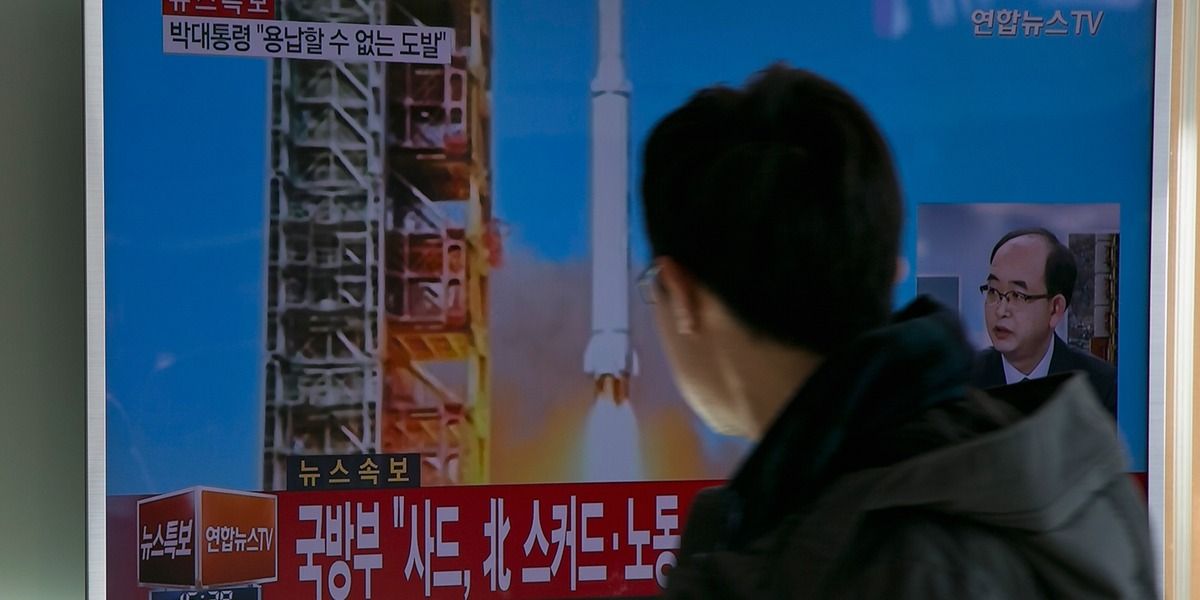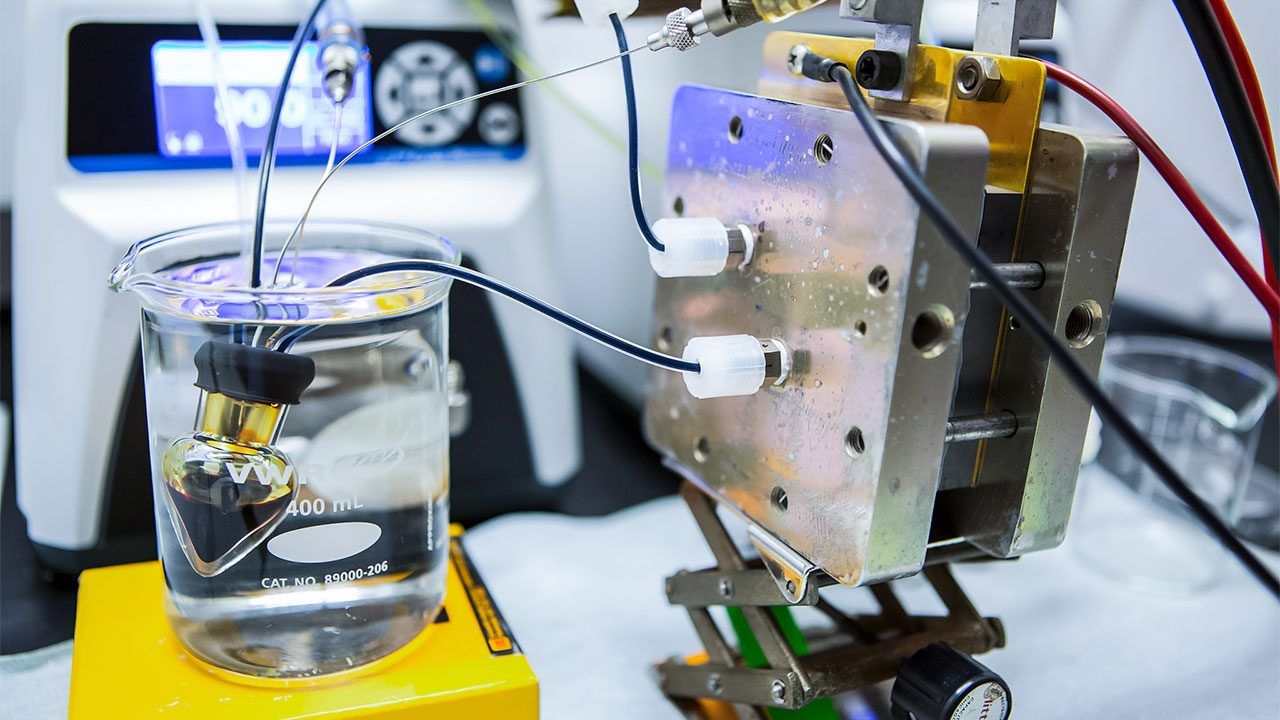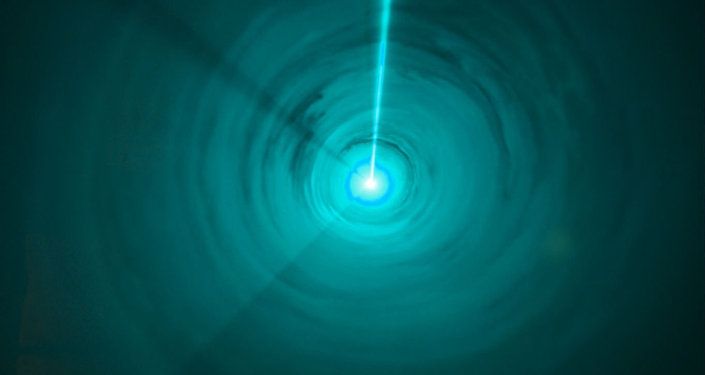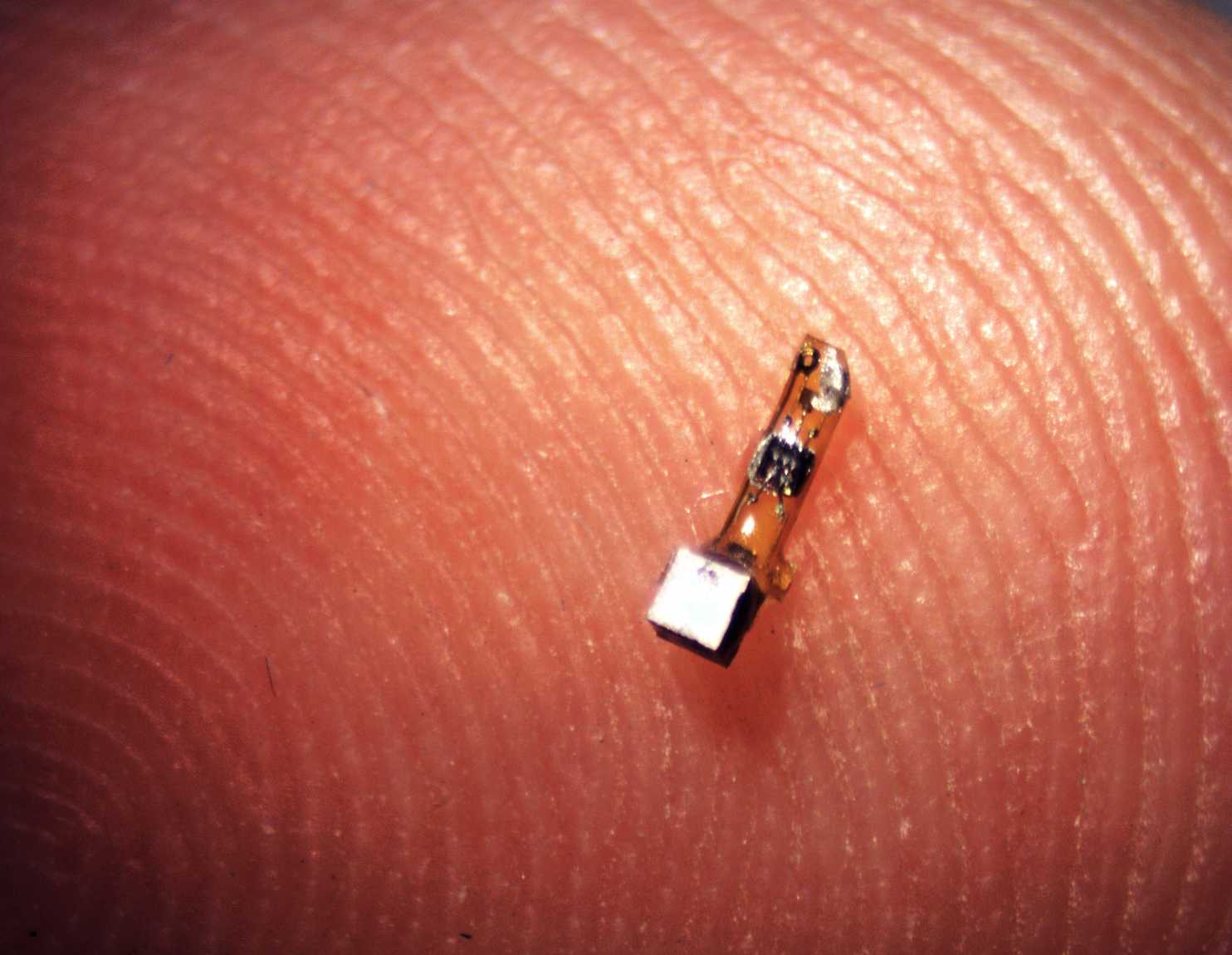
Magine a future in which hyper-efficient solar panels provide renewable sources of energy, improved water filters quickly remove toxins from drinking water, and the air is scrubbed clean of pollution and greenhouse gases. That could become a reality with the right molecules and materials.
Scientists from Harvard and Google have taken a major step toward making the search for those molecules easier, demonstrating for the first time that a quantum computer could be used to model the electron interactions in a complex molecule. The work is described in a new paper published in the journal Physical Review X by Professor Alán Aspuru-Guzik from the Department of Chemistry and Chemical Biology and several co-authors.
“There are a number of applications that a quantum computer would be useful for: cryptography, machine learning, and certain number-theory problems,” Aspuru-Guzik said. “But one that has always been mentioned, even from the first conceptions of a quantum computer, was to use it to simulate matter. In this case, we use it to simulate chemistry.”
Read more



















